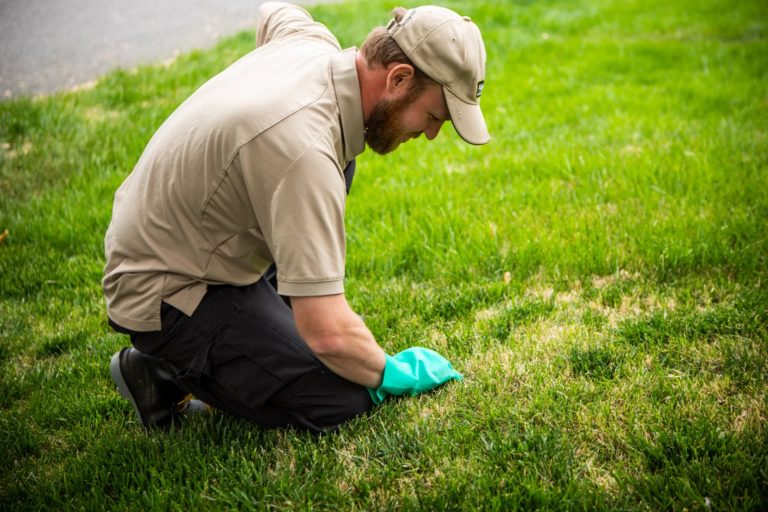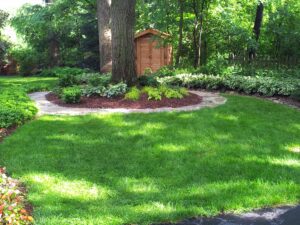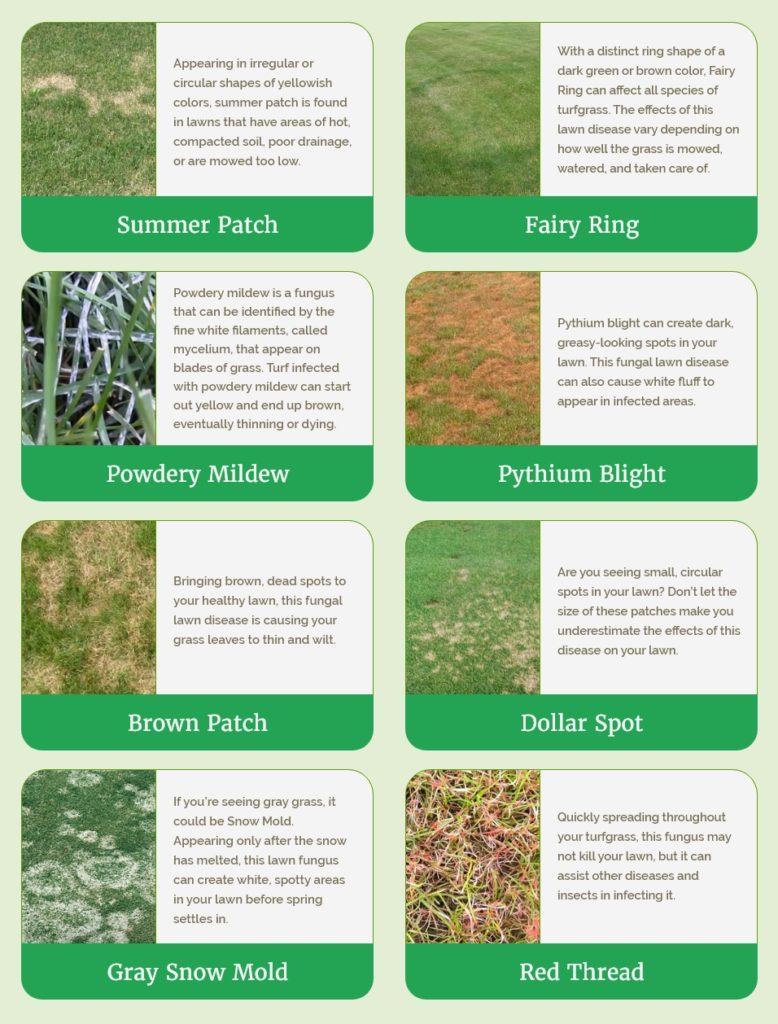We trust that both you and your lawn are in excellent condition. At Moore's Lawn Maintenance, we are unwavering in our commitment to providing you with the utmost service and care for your lawn. Through our weekly emails and blogs, we aim to extend this commitment by providing you with invaluable tips and information to assist you in upholding the beauty and vitality of your lawn.
Preventing and treating lawn fungus is crucial for maintaining a healthy and vibrant lawn. Fungus can take a toll on your grass, causing discoloration, patches, and overall weakening. Here's a comprehensive guide on how to prevent and treat lawn fungus.

Mow Properly: Keep your grass at the recommended height for its type. Avoid scalping the lawn, as it can stress the grass and make it more susceptible to fungal attacks.
Aerate Regularly: Lawn aeration improves air circulation and reduces conditions favorable for fungal growth. It also helps water and nutrients reach the grass roots effectively.
Water Wisely: Water your lawn deeply and infrequently rather than shallowly and frequently. The morning is the best time to water, allowing the grass to dry during the day, preventing excess moisture that fungi thrive on.
Avoid Evening Watering: Watering in the evening can lead to extended periods of moisture, making your lawn more susceptible to fungus. Choose the morning for watering.
Improve Drainage: Ensure your lawn has proper drainage to prevent water from pooling. Standing water provides an ideal environment for fungus to develop.


Fertilize Thoughtfully: Avoid over-fertilizing, as excessive nitrogen can promote fungal growth. Opt for slow-release fertilizers and follow the recommended application rates.
Minimize Shade: Trim trees and shrubs to allow sunlight to reach all areas of your lawn. Fungi thrive in damp, shaded spots.

Common lawn diseases treatments include:
Identify the Fungus: Different types of fungus require different treatments. Identify the specific type of fungus affecting your lawn before proceeding with treatment.
Fungicides: Once you’ve identified the fungus, choose an appropriate fungicide. Follow the instructions carefully and apply it according to the recommended schedule. Organic options are available for those who prefer a natural approach.
Improve Air Circulation: Trim overhanging branches and thin out dense vegetation to improve air circulation. This helps the grass dry out faster and reduces fungal growth.
Remove Infected Debris: Rake up and remove grass clippings, leaves, and other organic debris regularly. These can harbor fungal spores and contribute to the spread of infection.
Adjust Watering: If the fungus is due to excess moisture, adjust your watering schedule to allow the lawn to dry out. Water in the morning and avoid overwatering.
Reseed Damaged Areas: If the fungus has caused patches of dead grass, reseed those areas once the fungus is under control to restore a lush lawn.
Soil Improvement: Enhance your soil’s health with regular aeration and overseeding. Healthy soil promotes strong grass growth that can resist fungal attacks.
Remember that prevention is key to avoiding lawn fungus. Maintaining a proper lawn care routine that includes mowing, watering, and fertilizing correctly will go a long way in keeping your lawn healthy and resilient against fungal threats.
We trust that you’ll find this information valuable, and we eagerly anticipate the opportunity to further assist you in your lawn care endeavors. Your selection of Moore’s Lawn Maintenance as your dependable lawn care partner is greatly appreciated. Please don’t hesitate to reach out whenever you require our services or guidance. Thank you for entrusting us with the care of your lawn.
Best regards,
Scot Moore
Moore’s Lawn Maintenance
Weekly inspirational quote: Life is like riding a bicycle. To keep your balance, you must keep moving. – Albert Einstein

